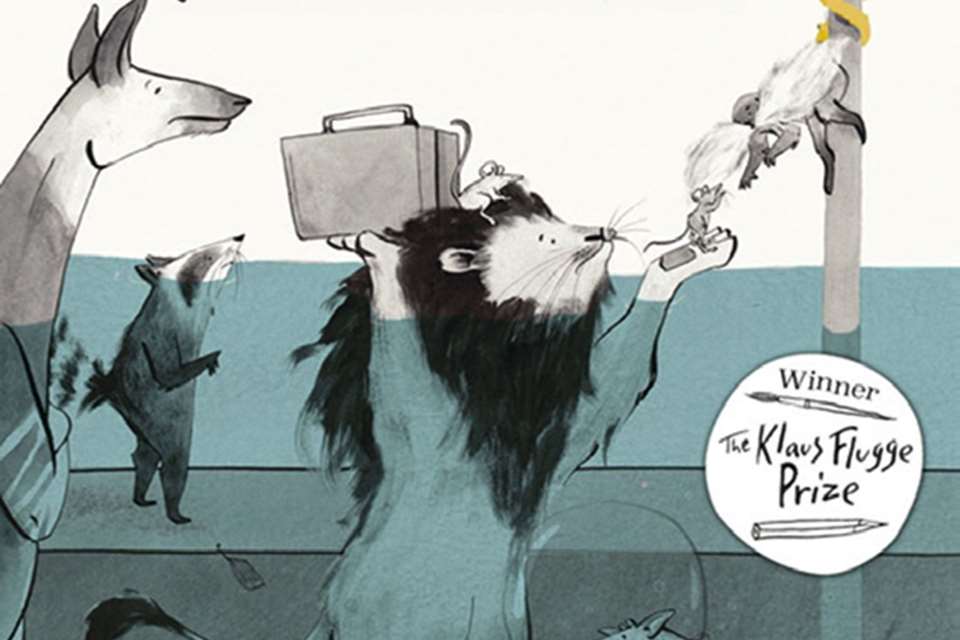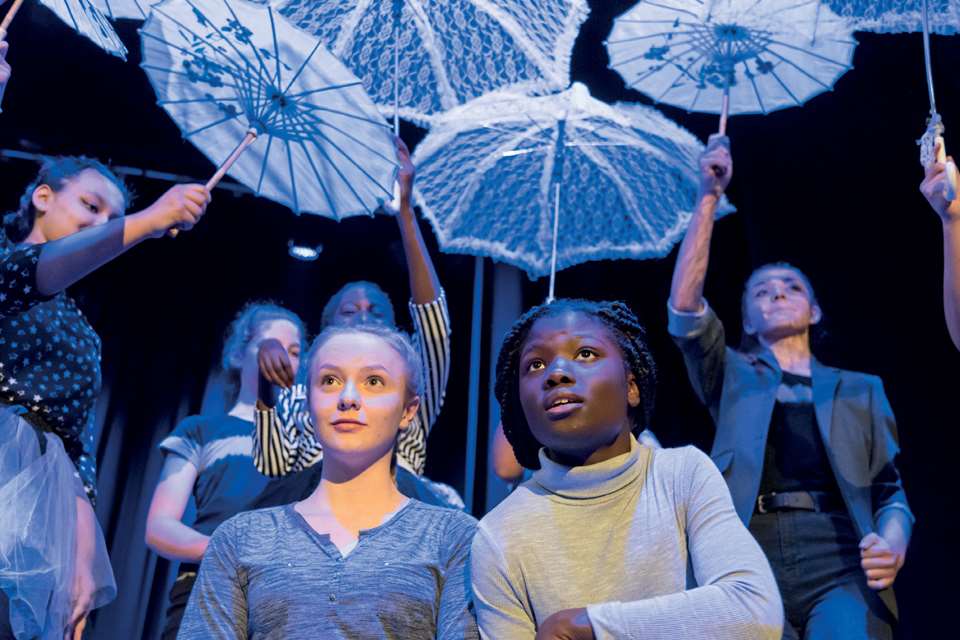One-off workshop: The Listeners
Patrice Baldwin
Wednesday, May 1, 2024
Expert Patrice Baldwin outlines a one-off workshop for 10- to 14-year-olds, using Walter de la Mare's poem The Listeners as inspiration.

Adobe Stock / Baro Sanu
Register now to continue reading
Register to the Drama & Theatre website today and gain access to all the latest news and developments from the world of drama education. By registering you will receive:
- Free access to 4 subscriber-only articles per month
- Unlimited access to news and opinion on our website








